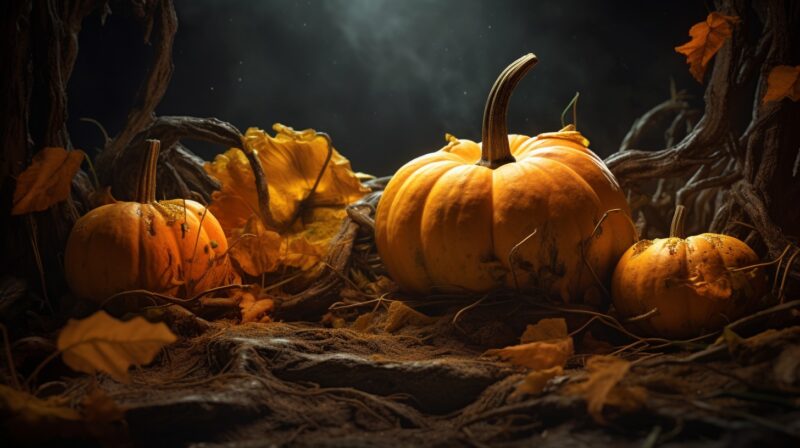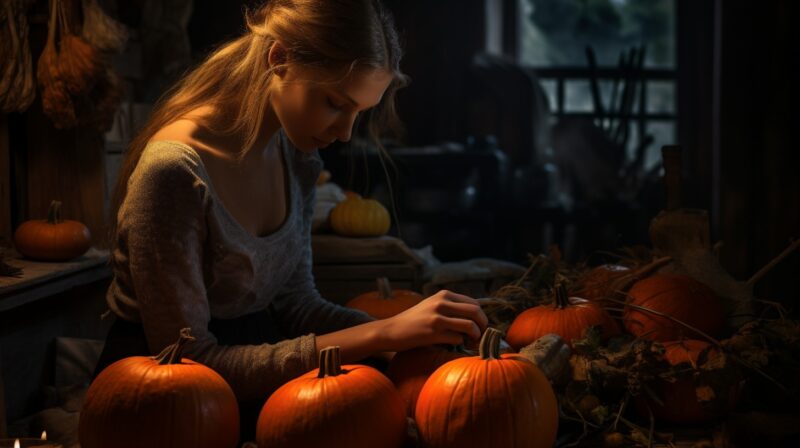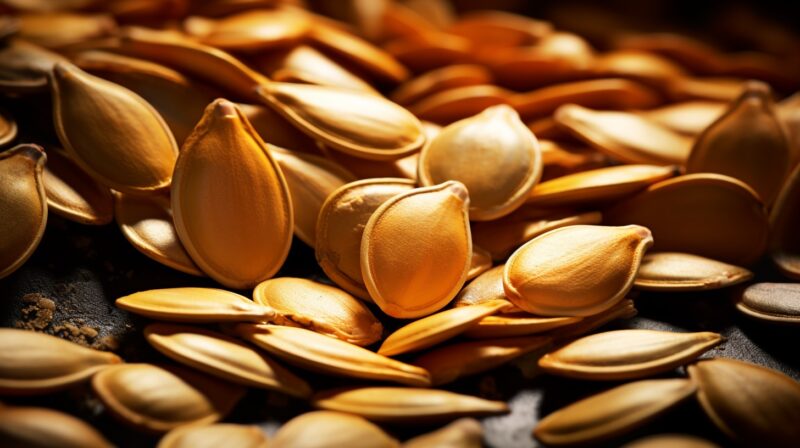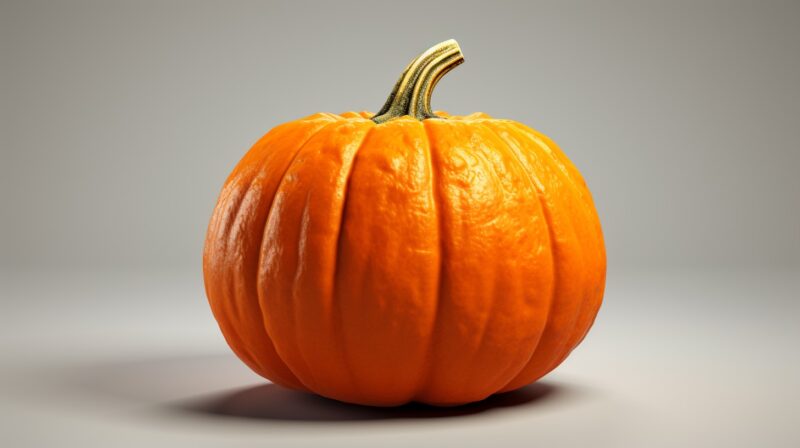Pumpkins are not just for Halloween decorations or Thanksgiving pies. They are versatile, fun, and can be the center of some amazing science experiments. As a pumpkin enthusiast and a science lover, I’ve always been fascinated by the myriad of ways pumpkins can be used in scientific explorations.
In this blog post, we’ll get into 10 captivating pumpkin science projects that are not only educational but also incredibly fun. So, grab a pumpkin, gather your curiosity, and let’s dive in!
1. Fill Your Pumpkins with Bubbles
Bubbles and pumpkins? Sounds like an unlikely pair, but trust me, it’s a match made in science heaven.
Combining pumpkins with bubbles creates a mesmerizing visual treat. By adding some dish soap and a bit of water to a hollowed-out pumpkin, you can create a cascade of bubbles that’s sure to delight both kids and adults. The science behind it? The dish soap traps the air, creating bubbles when agitated.
2. Make a Pumpkin-cano
Remember those volcano experiments from school? Let’s give it a pumpkin twist!
A pumpkin-cano is a fun and festive twist on the traditional volcano experiment. By combining baking soda and vinegar inside a carved pumpkin, you can create a frothy, bubbly eruption that’s both exciting and educational. The reaction between the baking soda (a base) and the vinegar (an acid) produces carbon dioxide gas, leading to the effervescent eruption.
3. Dive into Pumpkin Ooblek
Ooblek is a non-Newtonian fluid that behaves both as a liquid and a solid. Add pumpkin to the mix, and you’ve got a sensory delight!
Creating pumpkin ooblek involves combining cornstarch with pumpkin puree. The result is a gooey mixture that hardens when you squeeze it but flows like a liquid when you let it go. This experiment is a great way to introduce kids to the fascinating world of non-Newtonian fluids.
4. Play with Pumpkin Decomposition

Ever wondered what happens to a pumpkin after Halloween? Let’s explore the science of decomposition.
Observing a pumpkin decompose over time can be a fascinating experiment. By leaving a carved pumpkin outside and observing it daily, you can witness the various stages of decomposition. This experiment teaches kids about the natural process of decay and the organisms involved in breaking down organic matter.
5. Explore Pumpkin Guts
The insides of a pumpkin can be slimy, stringy, and oh-so-fun to explore!
A sensory bag filled with pumpkin guts offers a tactile experience for tiny scientists. By placing the insides of a pumpkin in a clear zip-lock bag, kids can squish and squeeze to their heart’s content, exploring the texture and consistency of pumpkin innards.
6. Investigate Pumpkins with Science Questions

Pumpkins can be the subject of numerous scientific inquiries. Let’s put on our thinking caps!
Pumpkins can be used to answer a variety of science questions. From determining how far a pumpkin will roll to measuring how many pumpkins tall you are, the possibilities are endless. Grab their free printable and embark on a journey of pumpkin investigations.
7. Try an Erupting Jack o’Lantern
Carved pumpkins are great, but erupting ones? Even better!
Making your carved pumpkin erupt is a thrilling experiment. By adding a mixture of baking soda, dish soap, and food coloring inside the pumpkin and then pouring in vinegar, you can create a colorful, frothy eruption that’s sure to impress.
8. Explore Pumpkin Seeds

Pumpkin seeds are not just for roasting; they can be the center of some intriguing experiments.
Pumpkin seeds offer numerous learning opportunities. From coloring them with food dye to observing their germination, pumpkin seeds can be a source of endless scientific curiosity.
9. Pumpkin Carving: A Classic Experiment
Carving pumpkins is a time-honored tradition, but have you ever considered the science behind it?
Carving pumpkins can be both an art and a science. By observing the thickness of the pumpkin walls and the moisture content, you can delve into the biology of this fascinating fruit.
10. The Ultimate Pumpkin Experiment
Got some uncarved pumpkins lying around? Let’s put them to good use!
According to my personal experience, uncarved pumpkins can be the subject of numerous experiments. From observing how long they last compared to carved ones to painting them with different substances and observing the effects, the possibilities are endless.

FAQ
Are these experiments safe for children to perform?
Yes, most of these experiments are kid-friendly. However, always supervise children, especially when using substances like vinegar or when carving pumpkins.
Can I use any type of pumpkin for these experiments?
While most pumpkins will work, it’s best to use medium-sized pumpkins as they are easier to handle and have a good amount of space for the experiments.
How long do carved pumpkins last after the experiments?
Carved pumpkins typically last for 5-10 days, but this can vary based on environmental conditions. Keeping them in a cool, dry place can prolong their life.
Are there any other materials I might need for these experiments?
Basic household items like dish soap, vinegar, baking soda, and food coloring are commonly used. Always check the experiment details for a full list of materials.
Can these experiments be used as classroom activities?
Absolutely! Many of these experiments are educational and can be a fun way to teach scientific concepts in the classroom.
Final Words
Pumpkin science projects offer a unique blend of fun and learning. They’re a testament to the fact that science is all around us, even in the most unexpected places. As the autumn season approaches, I encourage everyone to look at pumpkins not just as decorative items or food, but as tools for exploration and discovery. Happy experimenting!
